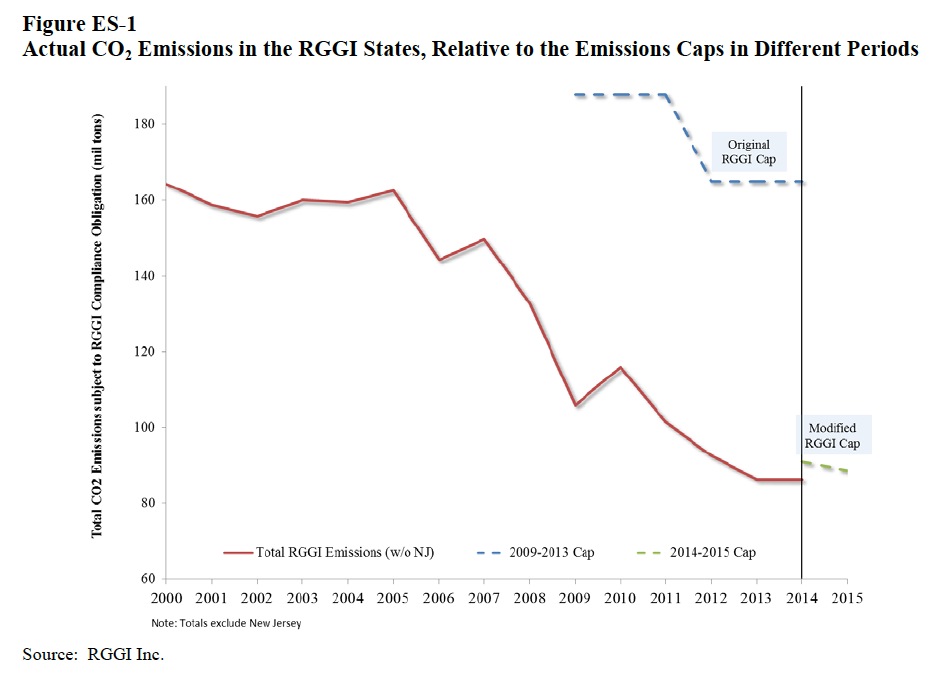
ANALYSIS GROUP
This Report analyzes the economic impacts of RGGI’s most recent three years, covering the years 2012 through 2014. This analysis follows on our prior November 2011 Report (hereafter “AG 2011 Report”) that assessed the economic impacts of RGGI’s first three years (2009-2011). Since the time of our last economic review, the electric industry has experienced changes in power plant economics, emission-control requirements, and wholesale market structures in the RGGI region. In addition, the RGGI states completed a comprehensive program review during 2012, and modified elements of the program including, most importantly, adopting a significantly lower overall cap on CO2 emissions in the RGGI region.
View this complete post...
Tags: Analysis Group, Clean Power Plan, Environmental Protection Agency, EPA, Greenhouse Gases, Mid-Atlantic, Northeast
Posted in
Climate Change, Energy, Environment, Green, Infra Views, Local, National, Sustainability
Comments Off on Northeast & Mid-Atlantic: Economic Impacts of a Greenhouse Gas Initiative
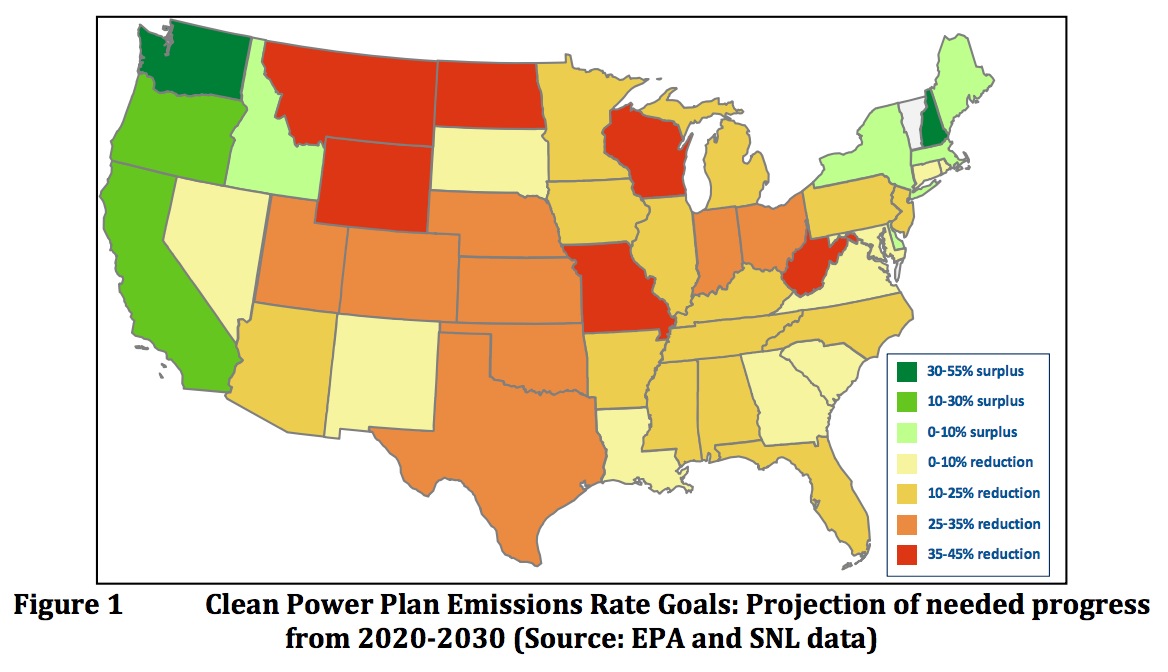












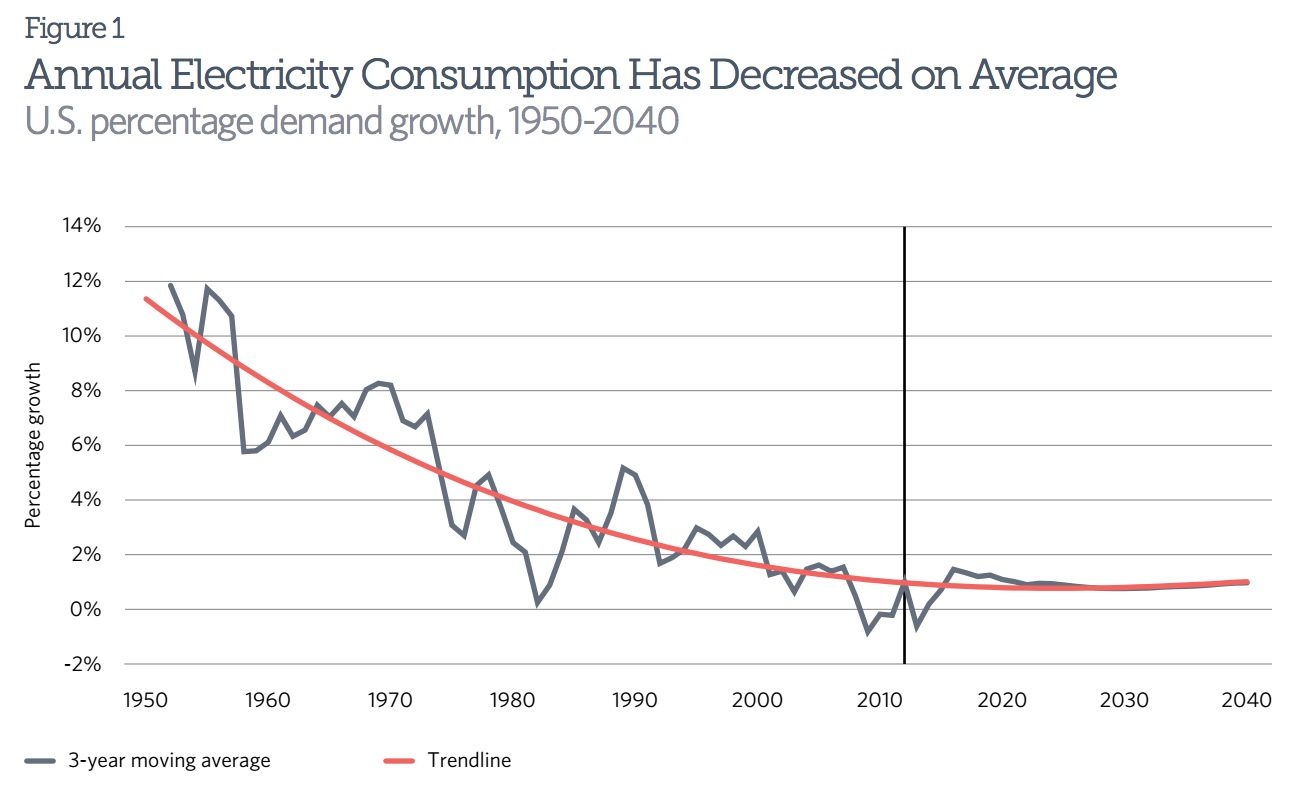

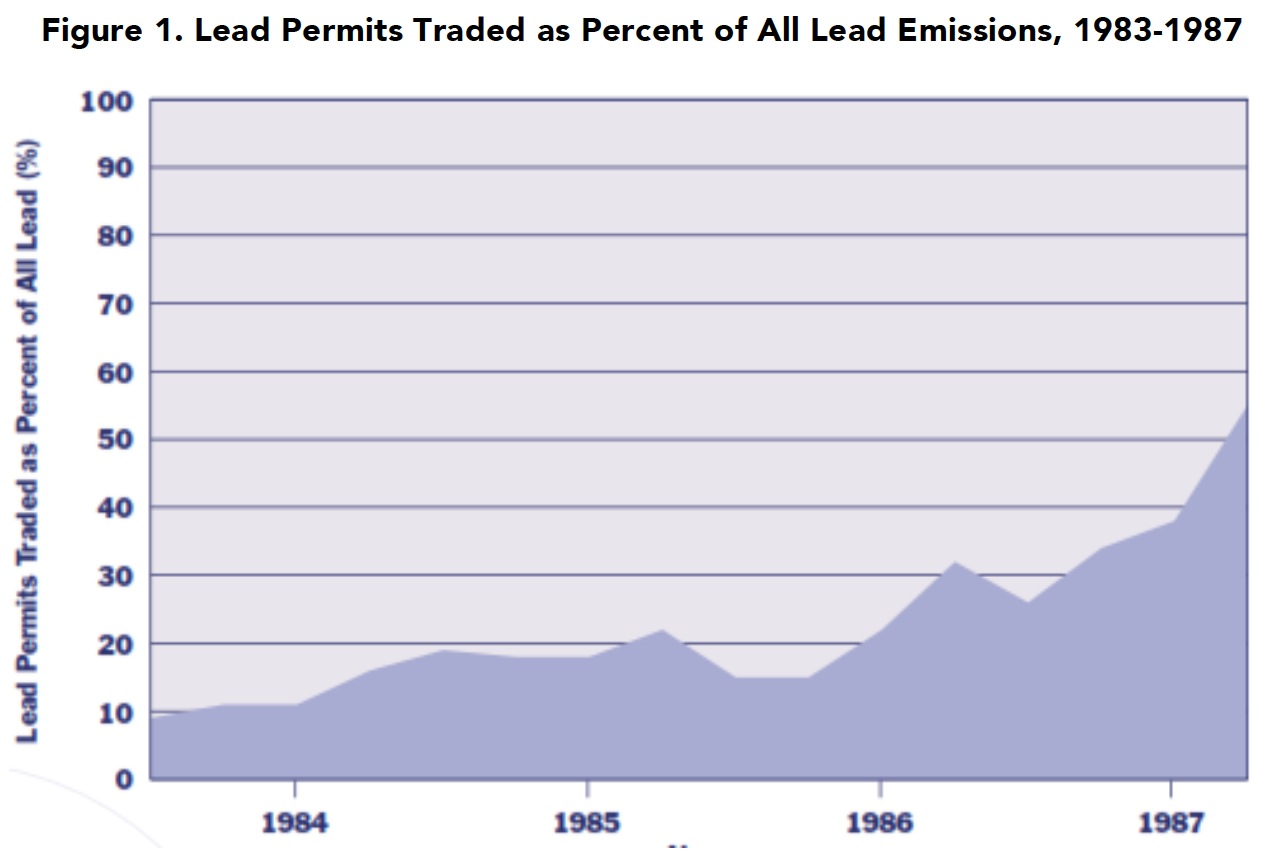
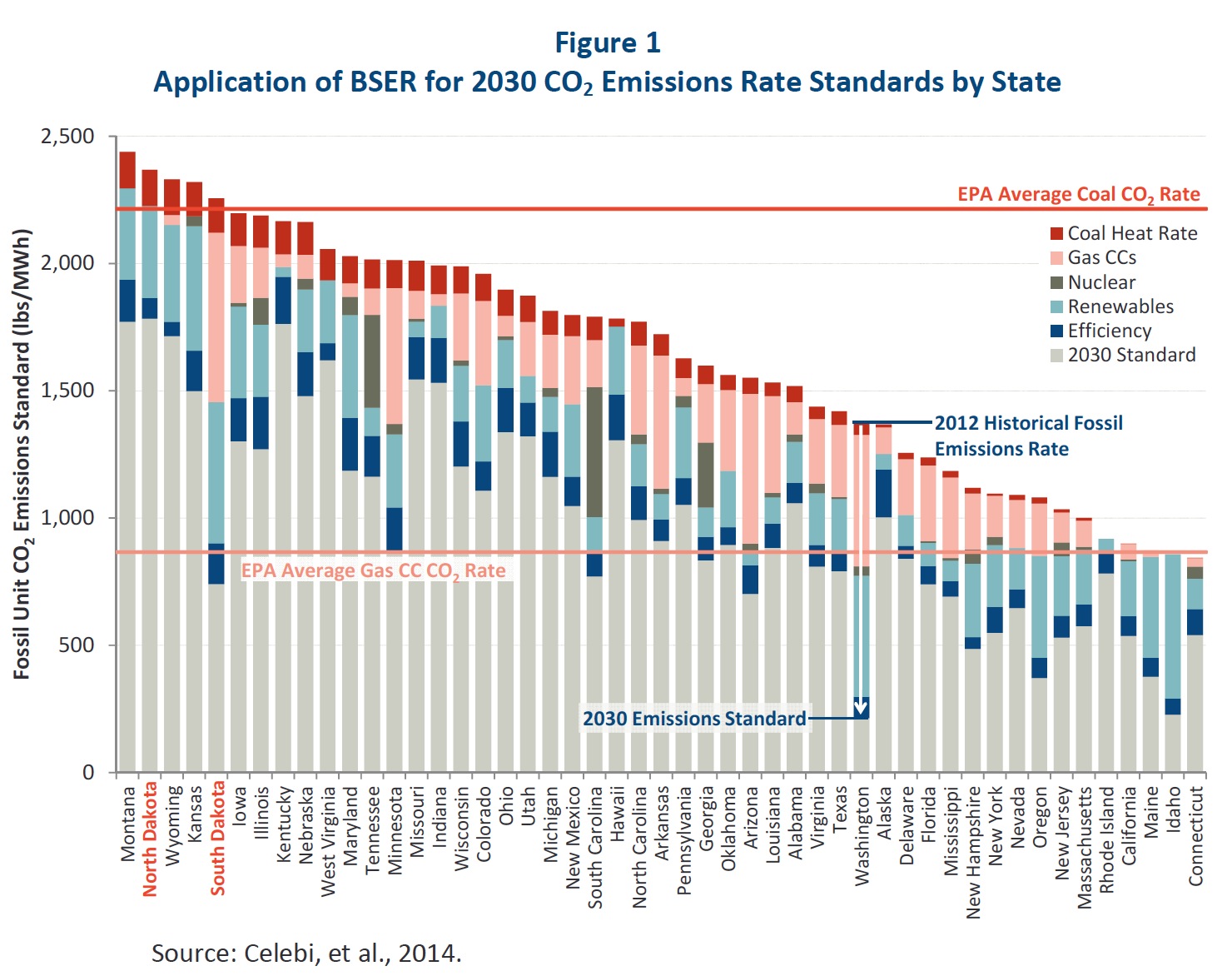
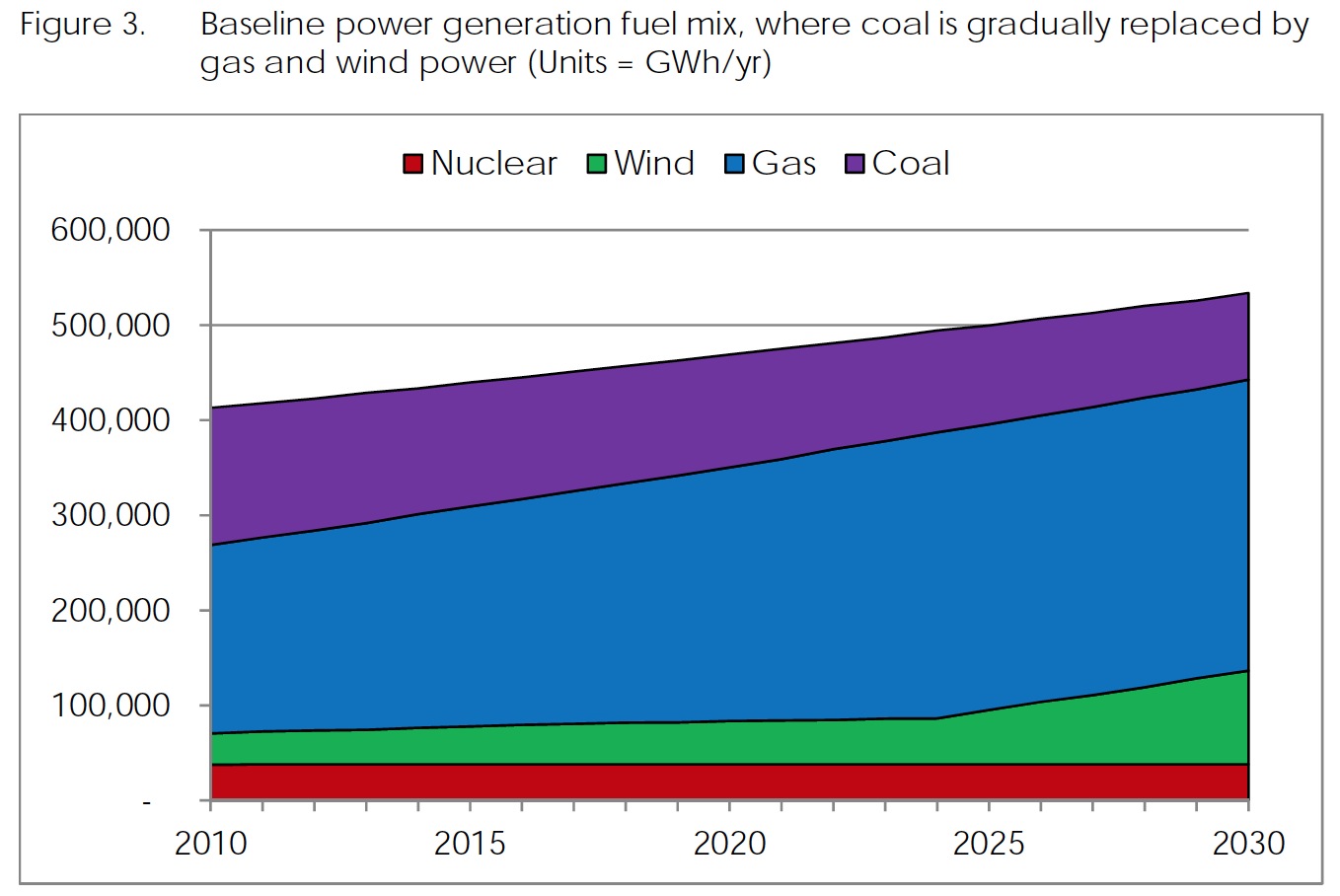

 RSS Feed
RSS Feed